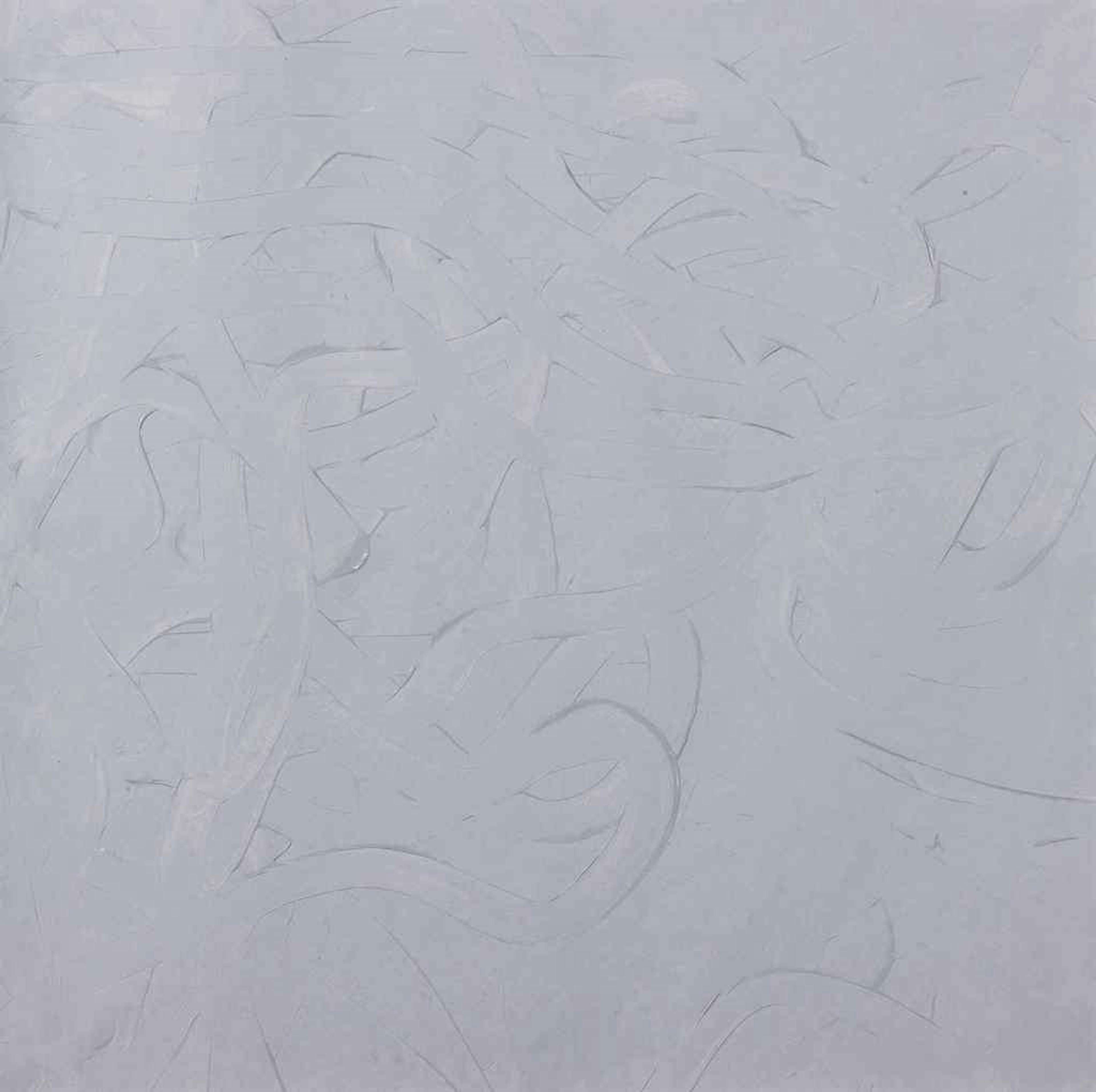
Fingermalerei

Fingermalerei
Signed Mixed Media
Gerhard Richter
£20,000-£30,000Value Indicator
$40,000-$60,000 Value Indicator
$35,000-$50,000 Value Indicator
¥180,000-¥270,000 Value Indicator
€24,000-€35,000 Value Indicator
$190,000-$290,000 Value Indicator
¥3,830,000-¥5,740,000 Value Indicator
$25,000-$35,000 Value Indicator
AAGR (5 years) This estimate blends recent public auction records with our own private sale data and network demand.
There aren't enough data points on this work for a comprehensive result. Please speak to a specialist by making an enquiry.
Medium: Mixed Media
Edition size: 150
Year: 1972
Size: H 39cm x W 39cm
Signed: Yes
Format: Signed Mixed Media
Track this artwork in realtime
Watch artwork, manage valuations, track your portfolio and return against your collection
Track auction value trend
Auction Results
| Auction Date | Auction House | Location | Hammer Price | Return to Seller | Buyer Paid |
|---|---|---|---|---|---|
| March 2018 | Sotheby's New York | United States | |||
| March 2015 | Christie's New York | United States | |||
| July 2009 | Christie's London | United Kingdom |
Meaning & Analysis
Fingermalerei is a signed mixed media artwork by internationally renowned German painter, Gerhard Richter. Created in 1972, the artwork captures how the mood of Richter’s paintings and prints fluctuates across different periods of his career, ranging from simplistic sombreness to the buoyancy of colours and shapes.
Released in a limited edition of 150, the artwork displays a grey background that bears traces of the finger’s movements across the canvas. Barely visible swirls cover the surface of the painting, constituting a curious example of the artist’s direct reference to his creative process. Created two years before the iconic Grey Paintings series, Fingermalerei anticipates the artist’s recourse to the neutral tones as a way of manifesting his doubt in the possibility of knowing and representing reality. The artist commented on the symbolic function of the grey colour in his 1970s artworks: “It was the ultimate possible statement of powerlessness and desperation. Nothing, absolutely nothing left, no figures, no colour, nothing. Then you realise after you’ve painted three of them that one’s better than the other and you ask yourself why that is… I wanted to avoid painting. I forbade it. But I also wanted to avoid representing life in any way; nevertheless I did represent it.”